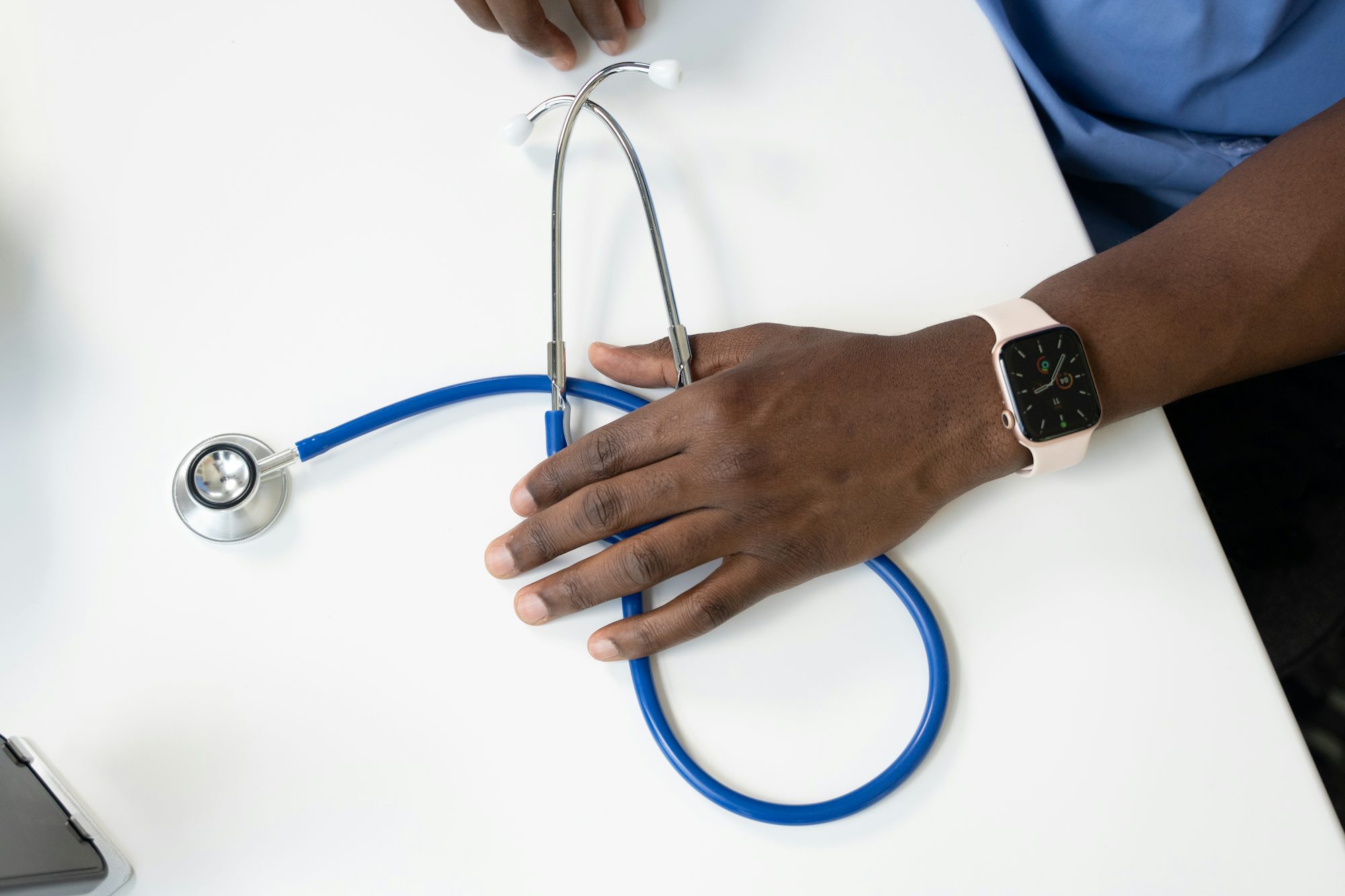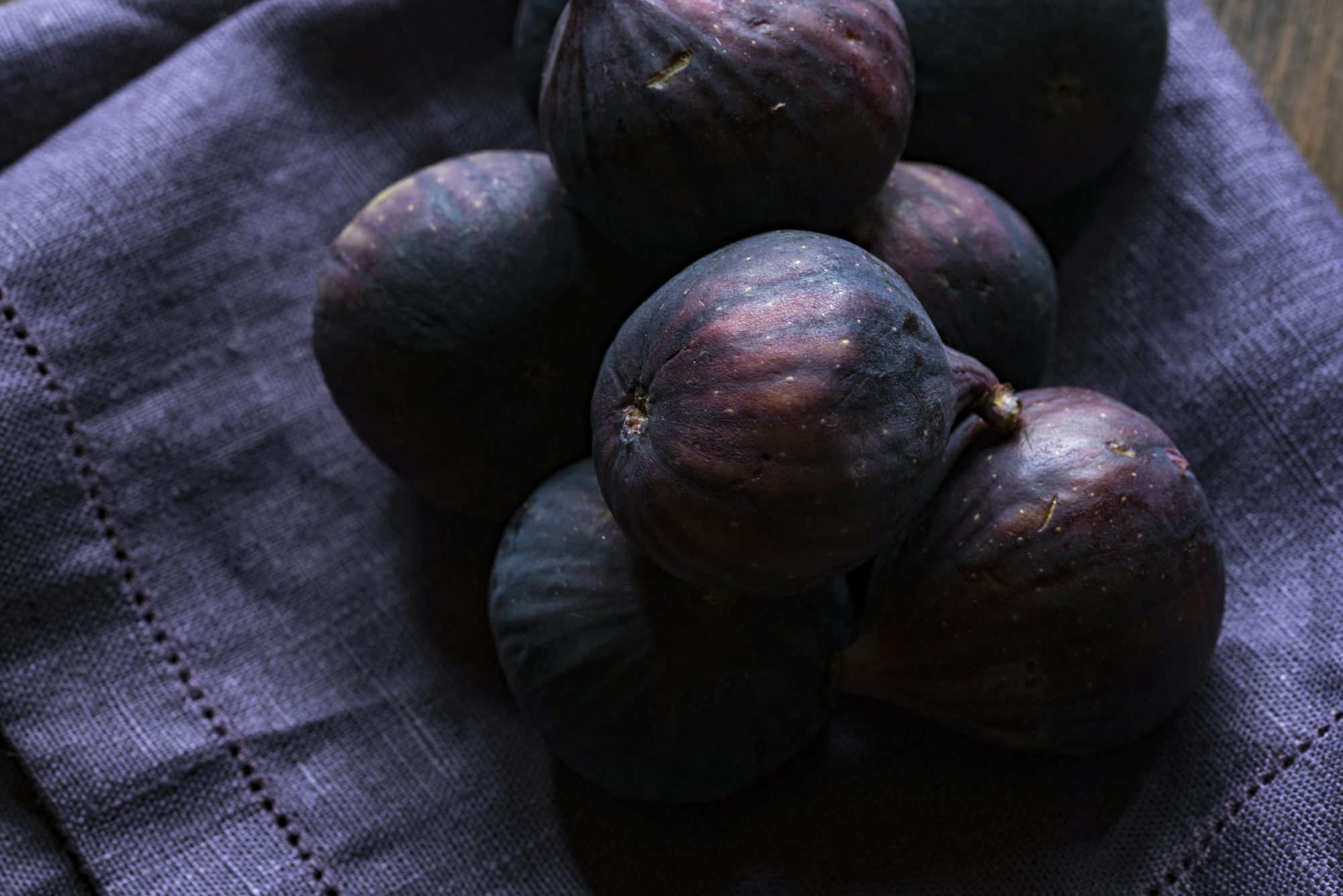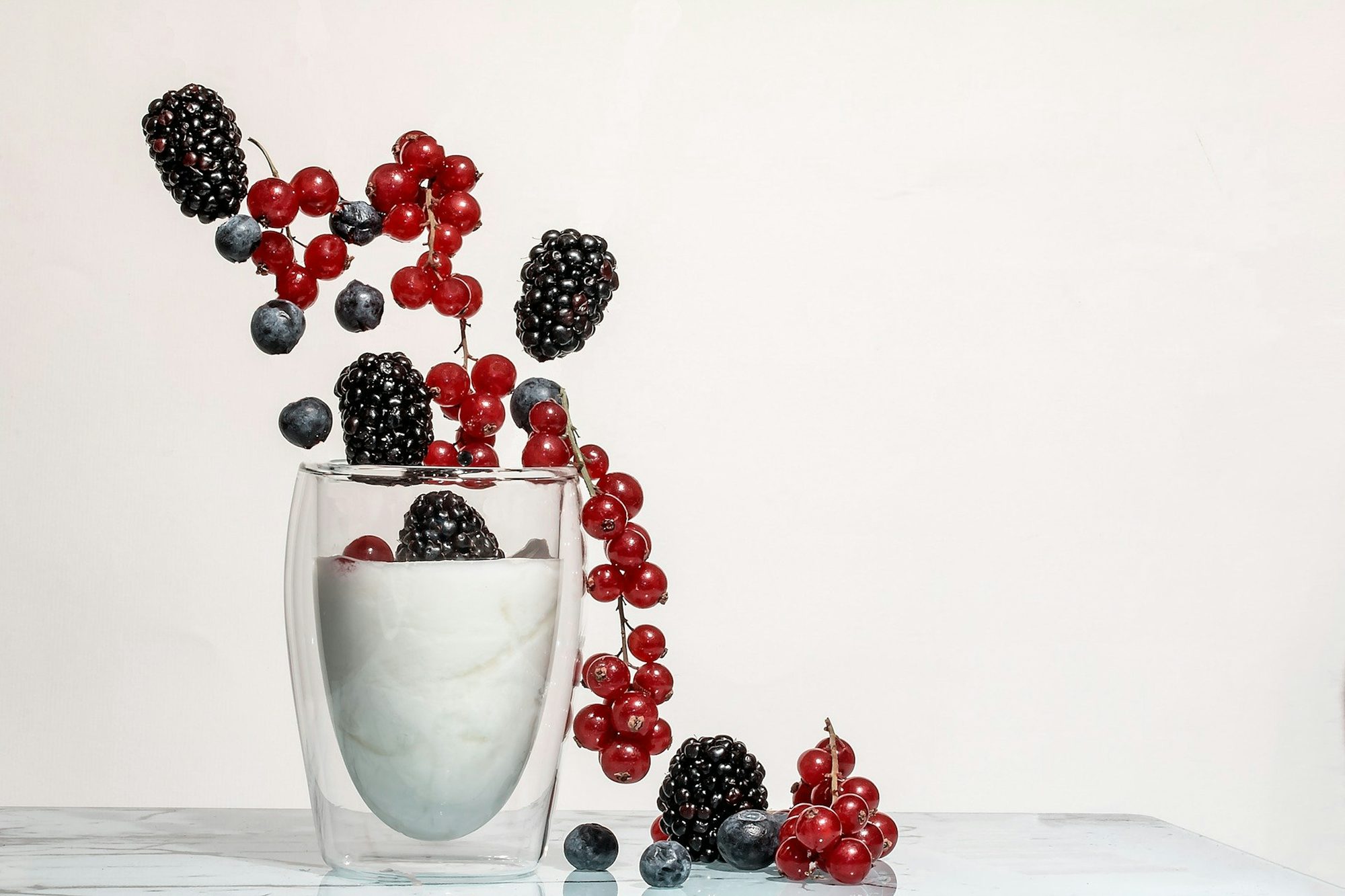Introduction
Physical activity is a cornerstone of a healthy lifestyle, playing a vital role in enhancing overall well-being. Engaging in regular exercise not only improves physical health but also fosters mental and emotional wellness. This article explores the transformative power of physical activity, its myriad benefits, and practical strategies for integrating exercise into daily routines.
Understanding Physical Activity
Physical activity encompasses any movement that requires energy expenditure. This includes structured exercise, such as running or swimming, as well as everyday activities like walking, gardening, or playing with children. The World Health Organization recommends that adults engage in at least 150 minutes of moderate-intensity aerobic activity each week, alongside muscle-strengthening activities on two or more days. These guidelines underscore the importance of incorporating a variety of activities to promote health.
Benefits of Physical Activity
The benefits of regular physical activity are extensive, impacting both physical and mental health.
Physical Health
Engaging in regular exercise contributes to numerous aspects of physical health. It helps maintain a healthy weight by balancing calorie intake with energy expenditure. Moreover, physical activity strengthens the heart and lungs, improving cardiovascular fitness and enhancing overall endurance. It also plays a crucial role in building and maintaining strong muscles and bones, reducing the risk of osteoporosis and frailty as one ages. Regular exercise has been linked to lower risks of various chronic conditions, including heart disease, diabetes, and certain types of cancer.
Mental Health
In addition to physical benefits, exercise significantly enhances mental health. Physical activity stimulates the release of endorphins, often referred to as “feel-good” hormones, which can elevate mood and reduce feelings of anxiety and depression. Furthermore, regular exercise is associated with improved cognitive function, including better memory and concentration. Engaging in physical activity can serve as a form of stress relief, providing a healthy outlet for tension and promoting relaxation.
Types of Physical Activity
To reap the benefits of exercise, it’s essential to engage in a variety of physical activities. This variety ensures a well-rounded fitness regimen and helps maintain motivation. The main types of physical activity include:
1. Aerobic Exercise: This includes activities that increase heart rate, such as walking, running, cycling, and swimming. Aerobic exercise is effective for improving cardiovascular health and burning calories.
2. Strength Training: Activities like weight lifting or bodyweight exercises (such as push-ups and squats) build muscle strength and endurance. Strength training is crucial for maintaining muscle mass and bone density as one ages.
3. Flexibility and Balance Exercises: Incorporating activities like yoga or tai chi enhances flexibility, balance, and coordination. These exercises are particularly beneficial for preventing falls in older adults and improving overall mobility.
Strategies to Incorporate Physical Activity
Incorporating physical activity into daily life doesn’t have to be daunting. Here are some practical strategies to help individuals stay active:
1. Set Realistic Goals: Start with achievable goals that align with personal fitness levels. Gradually increase the intensity and duration of workouts as fitness improves.
2. Make it Enjoyable: Choose activities that are enjoyable and engaging. Whether it’s dancing, hiking, or playing a sport, finding pleasure in physical activity can lead to long-term adherence.
3. Schedule It: Treat exercise like an important appointment. Setting aside specific times for physical activity can help prioritize it in daily routines.
4. Find a Workout Buddy: Exercising with a friend or family member can make workouts more enjoyable and provide motivation. A workout partner can offer support, encouragement, and accountability.
5. Mix It Up: Incorporating a variety of activities can prevent boredom and keep workouts fresh. Consider trying new classes, sports, or outdoor activities to maintain interest and challenge the body in different ways.
Overcoming Barriers to Physical Activity
Despite the numerous benefits, many individuals face barriers to regular physical activity. Common obstacles include lack of time, motivation, or access to facilities. Addressing these barriers involves practical solutions:
– Time Management: Incorporating shorter bouts of activity throughout the day, such as brisk walking during lunch breaks or taking the stairs instead of the elevator, can accumulate significant exercise without requiring large time commitments.
– Creating a Supportive Environment: Setting up a home workout space, using online fitness resources, or joining local community programs can make physical activity more accessible and convenient.
– Reframing Mindsets: Shifting the perspective on exercise from a chore to an opportunity for enjoyment and self-care can enhance motivation. Focusing on the positive feelings that come after a workout can reinforce the habit.
The Role of Technology
In today’s digital age, technology can also support physical activity. Fitness apps, wearable devices, and online workout programs offer convenient ways to track progress, set goals, and access a variety of workout options. Virtual communities and social media can provide additional motivation and accountability through shared experiences and encouragement.
Conclusion
Physical activity is a powerful tool for enhancing health and well-being. By understanding its benefits and implementing practical strategies, individuals can embrace a more active lifestyle that promotes both physical and mental health. As we prioritize movement in our daily lives, we not only improve our own health but also set an example for future generations, fostering a culture of wellness and vitality. Embracing the transformative power of physical activity is a rewarding journey toward a healthier, happier life.



